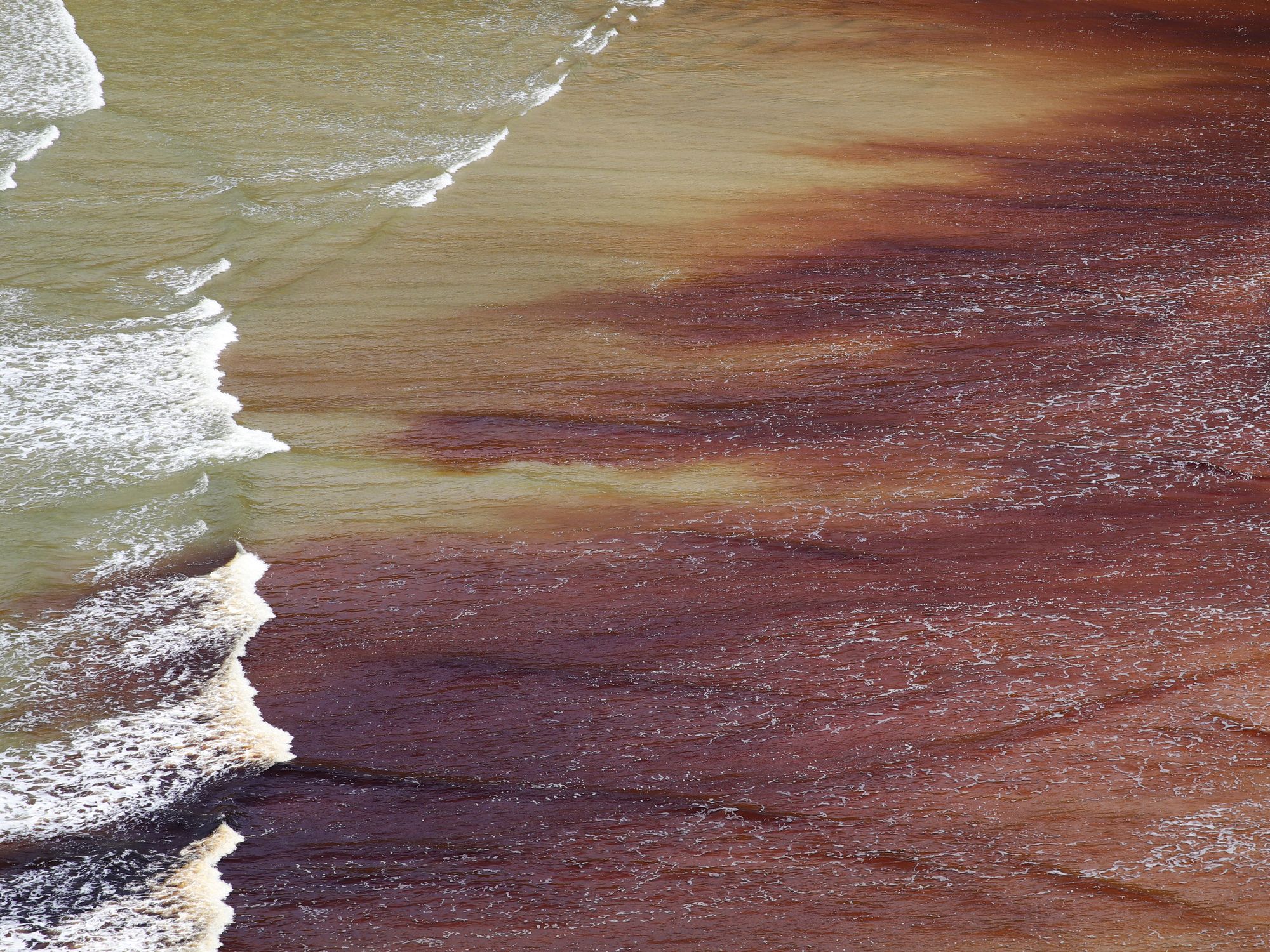Related regulation 40 CFR 110

- Part 110, the so-called “sheen rule,” helps define what is a reportable discharge of oil on waterways and adjoining shorelines.
Part 110 is called “Discharge of Oil” but is also known as the “sheen rule.” These regulations apply to the discharge of oil prohibited by section 311(b)(3) of the Federal Water Pollution Control Act (FWPCA), as amended, 33 U.S.C. 1251 et seq., also known as the Clean Water Act (CWA).
Part 110 defines a discharge of oil into or upon the navigable waters of the U.S. or adjoining shorelines in quantities that may be harmful under the CWA as that which:
- Causes a sheen or discoloration on the surface of the water or adjoining shorelines;
- Causes a sludge or emulsion to be deposited beneath the surface of the water or upon adjoining shorelines; or
- Violates an applicable water quality standard.
A discharge meeting any of the above criteria triggers requirements to report to the National Response Center (NRC). The failure to report such a discharge may result in criminal sanctions under the CWA.
The appearance of a “sheen” on the surface of the water is often used as a simple way to identify harmful discharges of oil that should be reported. However, the presence of either of the other two criteria also indicates a harmful discharge regardless of whether there is a sheen on the water surface.
